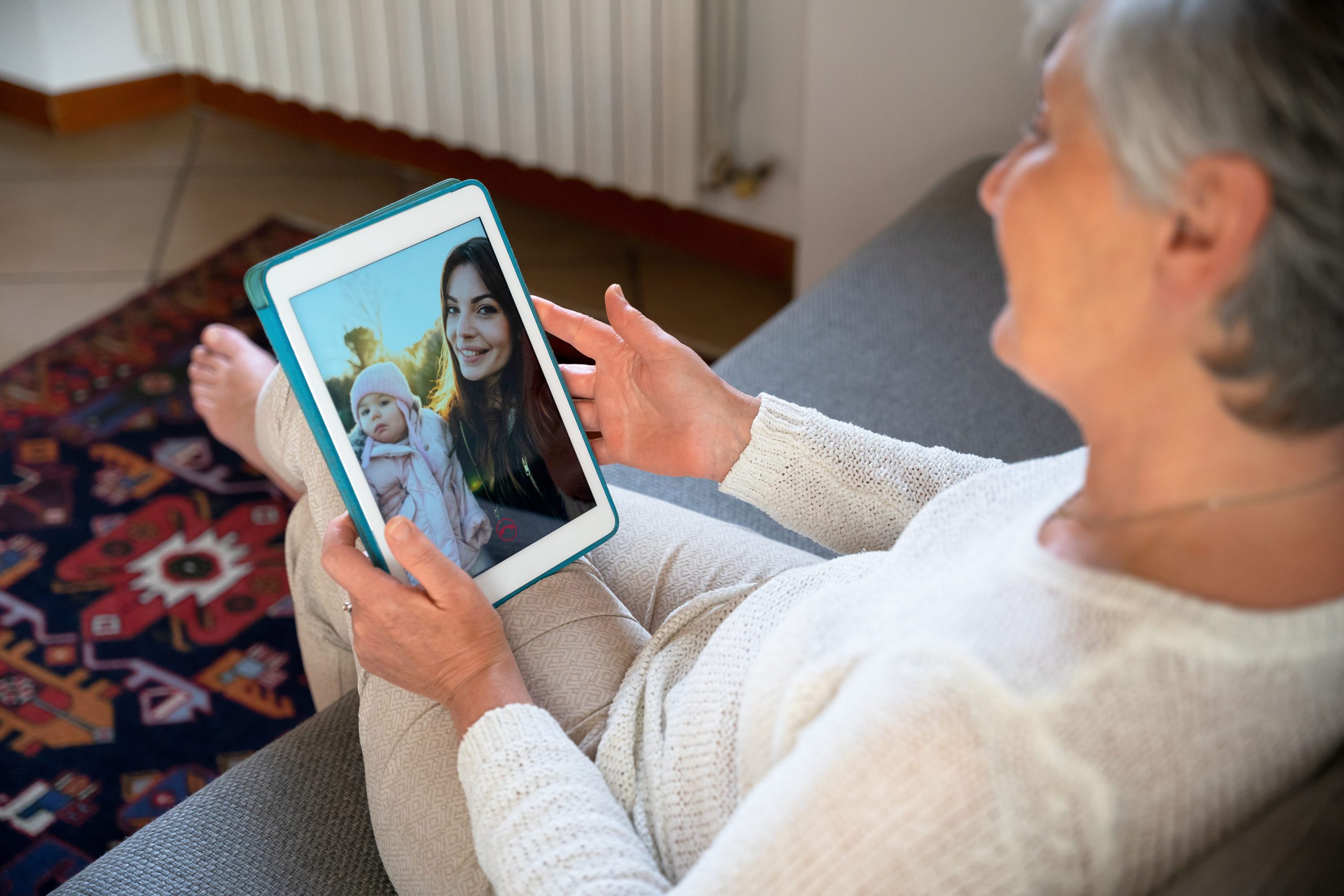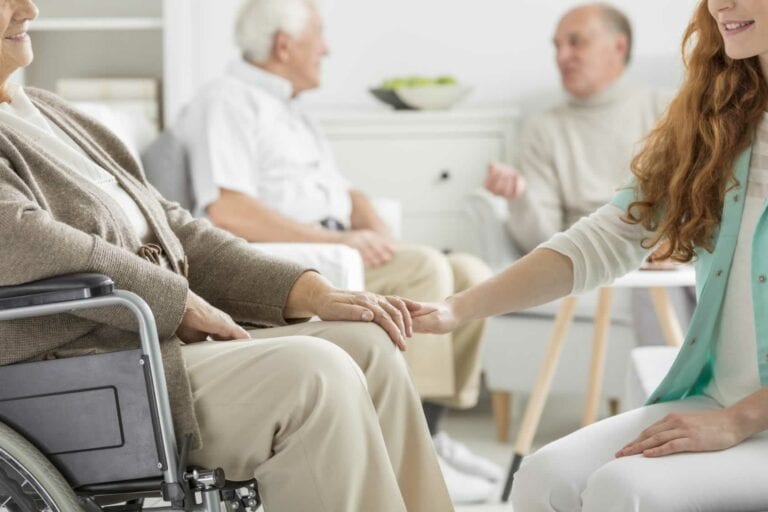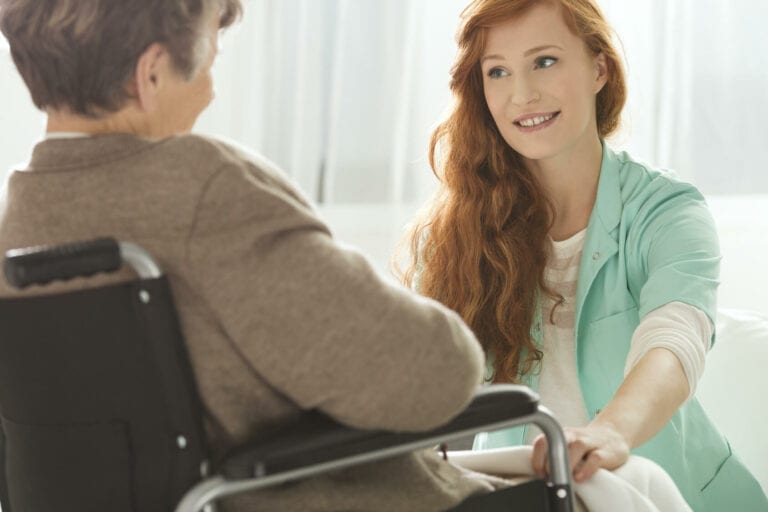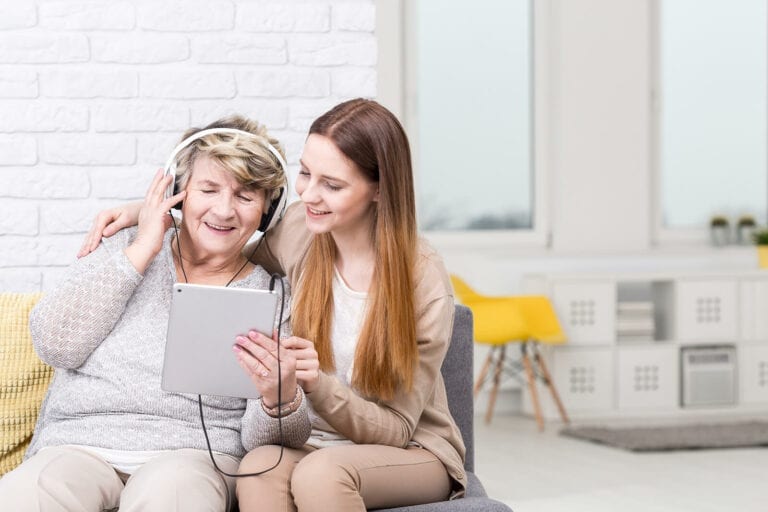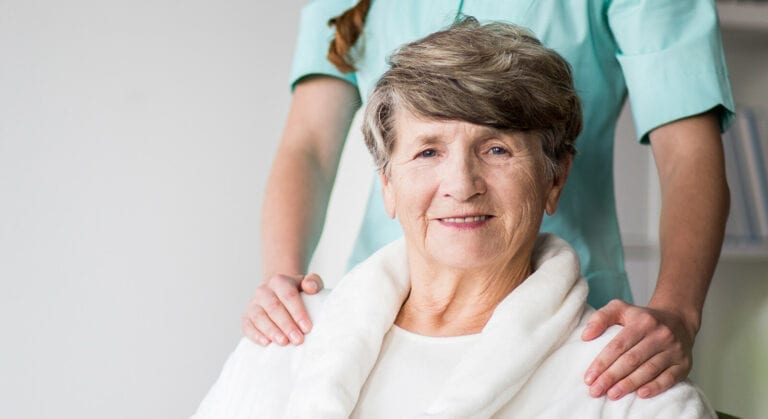
“Long-distance caring creates difficulties. If you find yourself in a long-distance caregiving position, here’s an overview of things to remember.”
Having strategies for long-distance caregiving for your aging parent(s) is essential to your well being. The helping hand of a family caregiver can really only reach this far. A family caregiver living nearer to a loved one can pay attention quickly and easily to the needs of the elderly. Trying to take care from time to time, whether for routine obligations or for emergency cases, can be more challenging.
Long-distance caregivers typically live an hour and more away from their loved ones. Traveling duration will be increased as the family caregiver returns home.
It is not extremely difficult to overcome the problems associated with long-distance care. Here are a couple of recommendations:
- Plan your visit with an aging parent or relative
When you visit your loved one, you will feel in the time you have there’s just too much to do. You could do more and feel better by talking to a family member in advance and figuring out what he or she would want to do. Also, confirm with the caregiver, if necessary, to learn whatever he or she needs, such as managing some of the caregiver’s responsibilities while you’re in town. This may help you create clear and appropriate goals for your visit. For example, does your mother need some new winter coats or visit another close relative? Could your dad utilize help fixing stuff around the house? Perhaps you’d like to talk to your mother’s doctor? Decide on the preferences and leave the other duties for a further visit.
- Communicate
MAKE A CALL
Call your adored one to check-in. Listen closely to warning signs whatsoever. Does your adored one pursue the conversation? Does your loved one’s voice break (maybe indicating that he/she has never spoken to anybody on that day)?
E-mail.
E-mail can be an important communication tool for even more tech-savvy older people. Users can go beyond typed messages. Send your files or family photos. Share links to the local resources website. Create a paper record for follow-up communications.
TEXT
All you have to do is write a few minutes? Do you need to ask one or two questions? Start by saying “Hello.” Text messages are simple words that can function well for dialogue. Because of the simplicity of messages, texters are more likely to react more quickly.
VIDEO CHAT
By using a system like Skype or FaceTime, long-distance family caregivers and loved ones can talk with each other. With the ability to physically see loved ones, long-distance family caregivers can actually evaluate how they look and manage. Group video chats with others who join the discussion from multiple places can be planned.
- Use technology
New technologies continue to be developed and enhanced for the benefit of seniors. Gadgets and technology for the elderly can help the individuals have a higher quality of life and make it easier for the long-distance family caregiver to rest:
In-home surveillance systems.
Sensors can take the place of intrusive cameras and round-the-clock monitoring. The sensor under the bed sheet tracks the sleep habits of the senior. The sensor attached to the outside lights ensures safety. Introduce your senior to Siri – a digital sibling who can perform numerous tasks and offer a gentle voice to significantly lower loneliness.
Automatic pill dispensers.
Seniors may miss taking their daily meds. Automatic pill dispensers can be used to assemble multiple meds and alert seniors to take pills. Home caregivers can also help with the creation of a senior-friendly drug management system.

